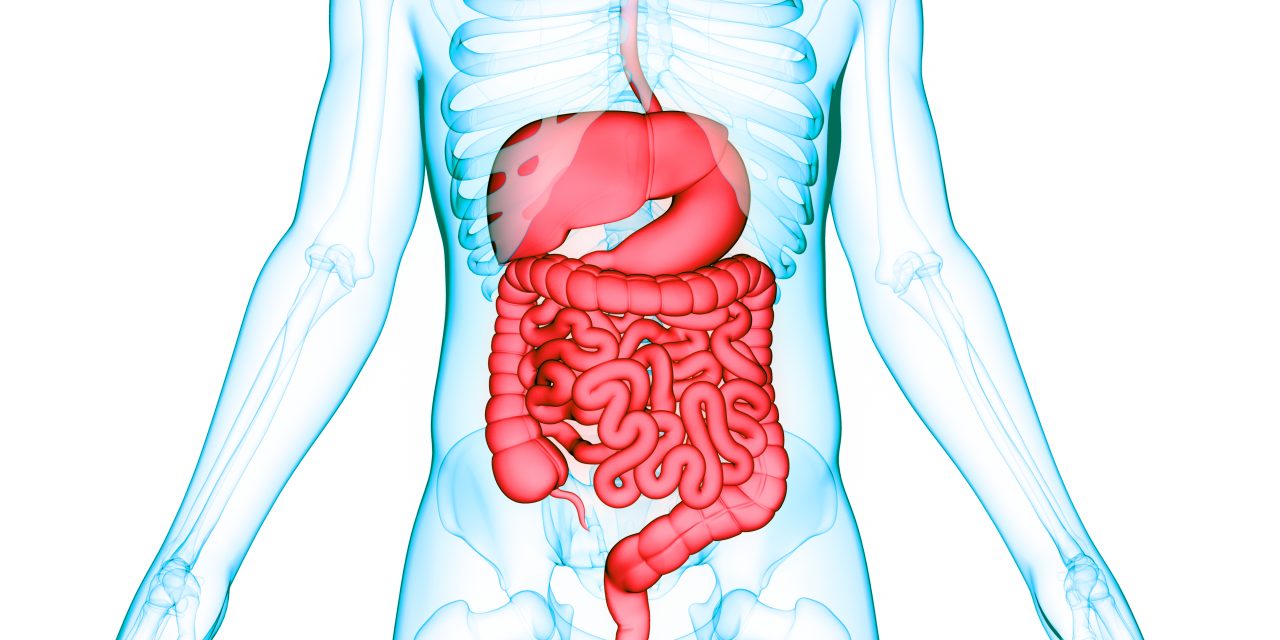Molybdenum (Mo) is not only an important rare metal that is widely used in industrial production but also an essential trace element for plants and animals. Nevertheless, in Mo polluted areas, excess Mo intake will not only cause gout in humans but also cause diarrhea in livestock and growth inhibition of chickens. Heterophils extracellular traps (HETs) are an important way to clear pathogens in the innate immune system of the chicken. However, the effects of Mo on the innate immune responses of HETs formation in chicken, and the mechanism undergoing this phenomenon remain unknown. In the study, we firstly aim to investigate the effects of sodium molybdate (NaMoO) on chicken HETs formation in vitro, and further to explore its related metabolic requirements and molecular mechanisms. Chicken heterophils were cultured with NaMoO, and NaMoO-induced HETs structures were analyzed by confocal microscopy. Moreover, NaMoO-induced HETs were quantified by Quant-iT PicoGreen® dsDNA Assay kits and fluorescence microplate. It has been shown that NaMoO truly triggered HETs-like structures that were composed of DNA decorated with citrullinated histone 3 (citH3) and elastase. The inhibitors of NADPH oxidase, ERK and p38 MAPK signaling pathway significantly reduced NaMoO-induced HETs formation. Further experiments on energy metabolism involving NaMoO-induced HETs formation showed that NaMoO-induced HETs release was relevant to glucose, and the inhibitors of glycolysis including 3PO, AZD23766 and 3-Bromopyuvic acid, the inhibitors of glucose transport including STF31 and Ritonavir and NSC23766 significantly decreased NaMoO-induced HETs formation In summary, these results demonstrate that Mo does induce chicken HETs formation in vitro, and the formation of HETs is a process relying on glucose transport 1 (GLUT1),glucose transport 4 (GLUT4), glycolysis, and ROS production depended on the activation of NADPH oxidase, ERK and p38 signaling pathways, which also reflects the early innate immune responses of chicken against excessive molybdenum intake.Copyright © 2021. Published by Elsevier Inc.
Sodium molybdate induces heterophil extracellular traps formation in chicken.


